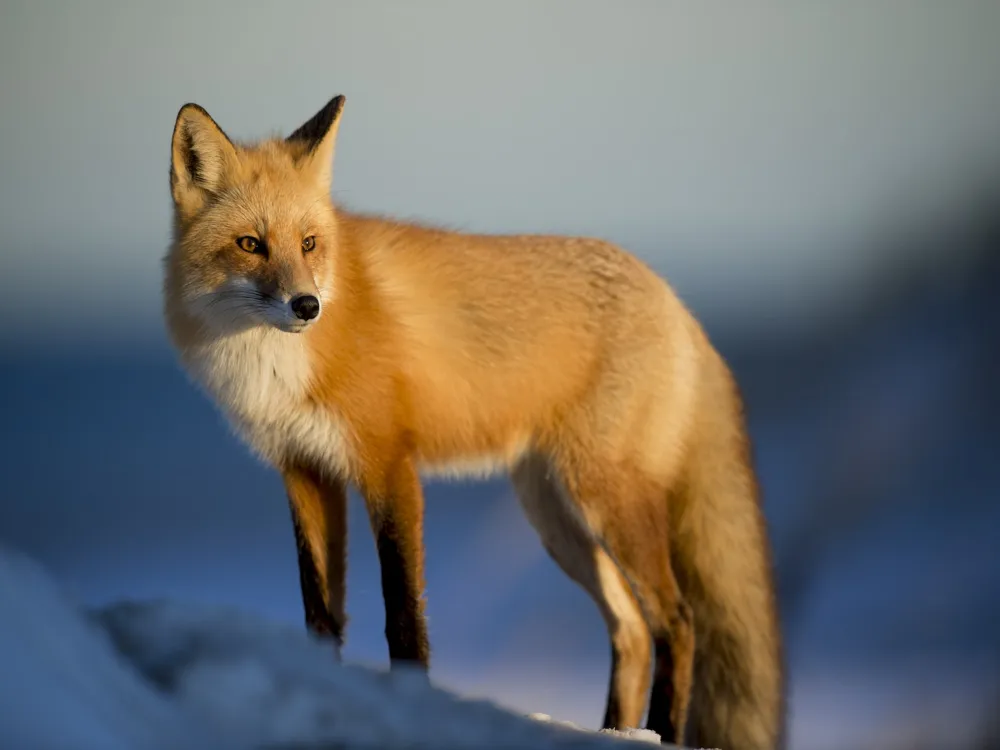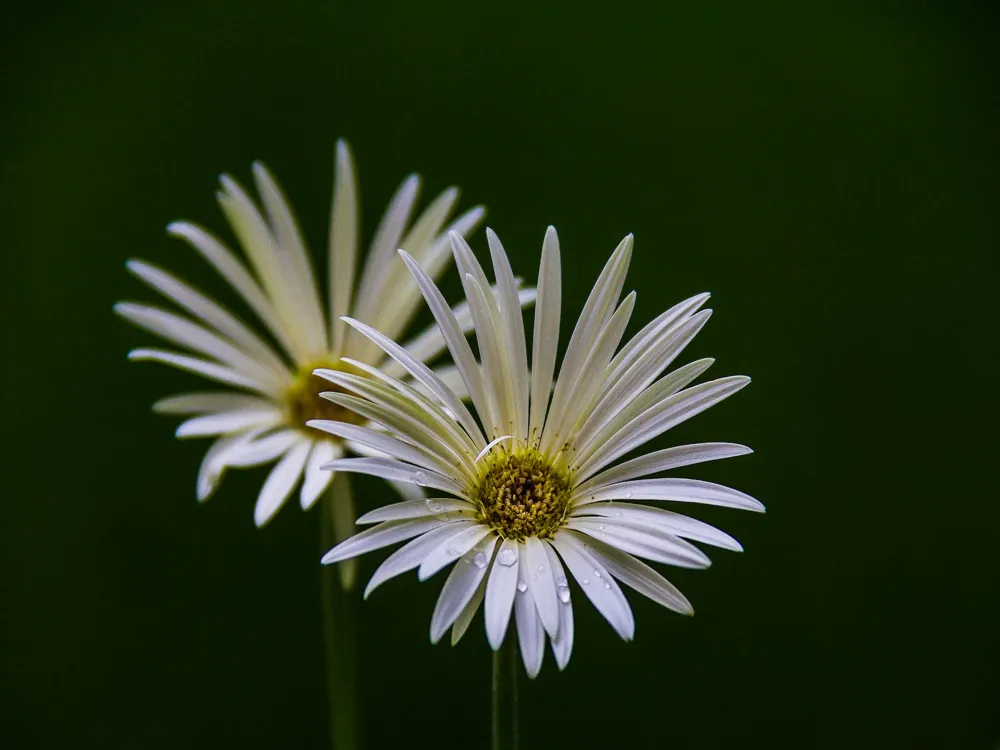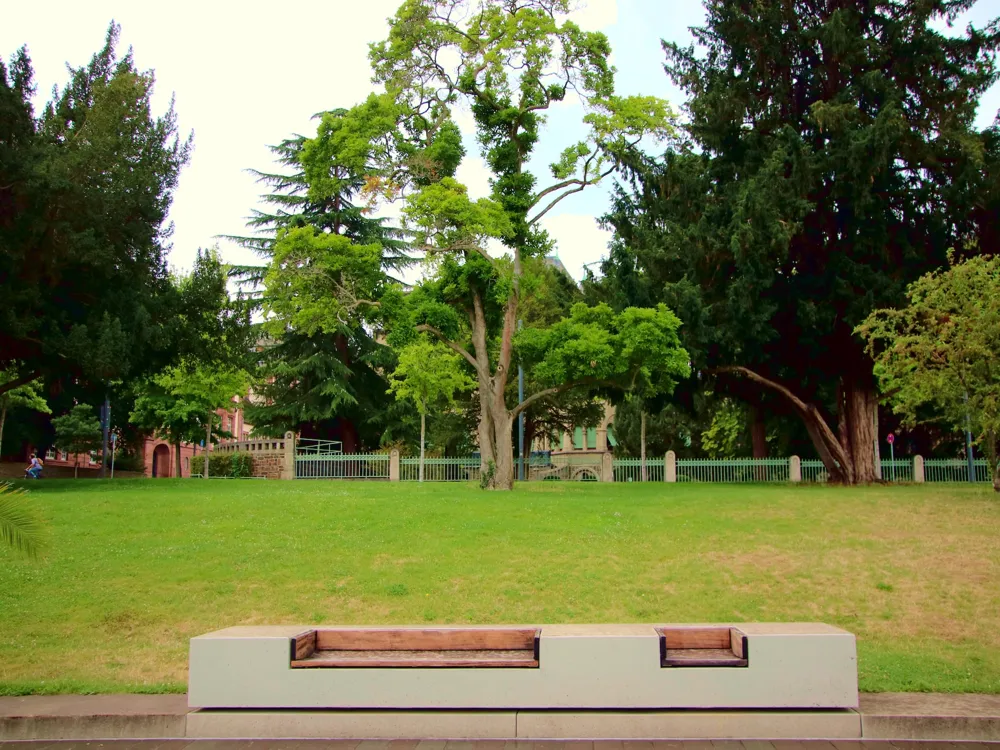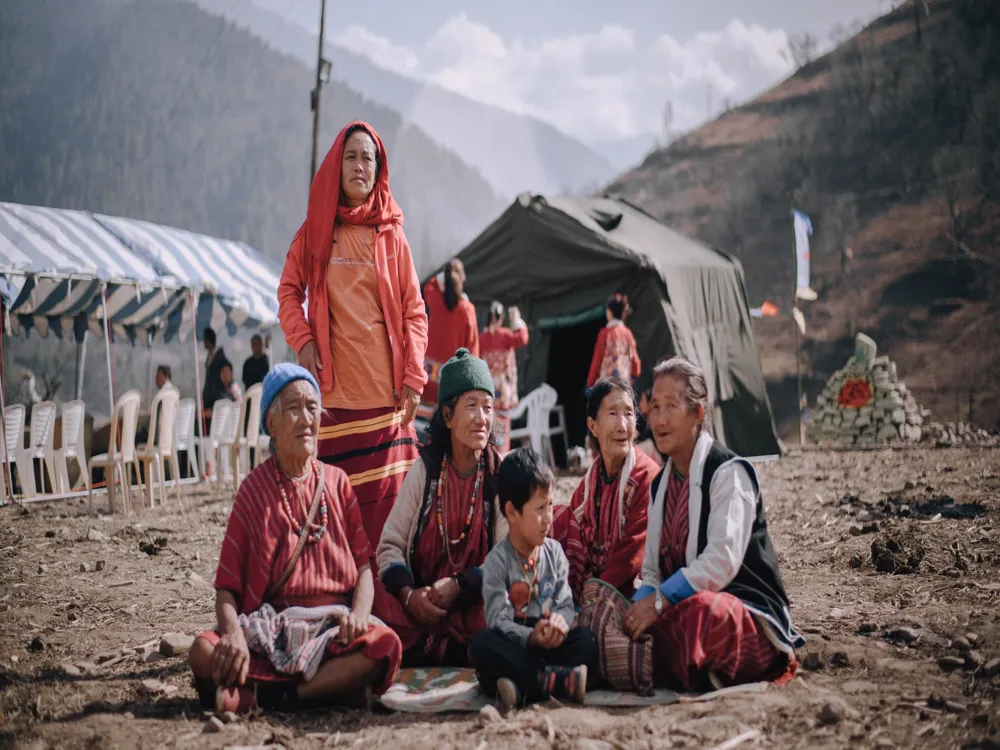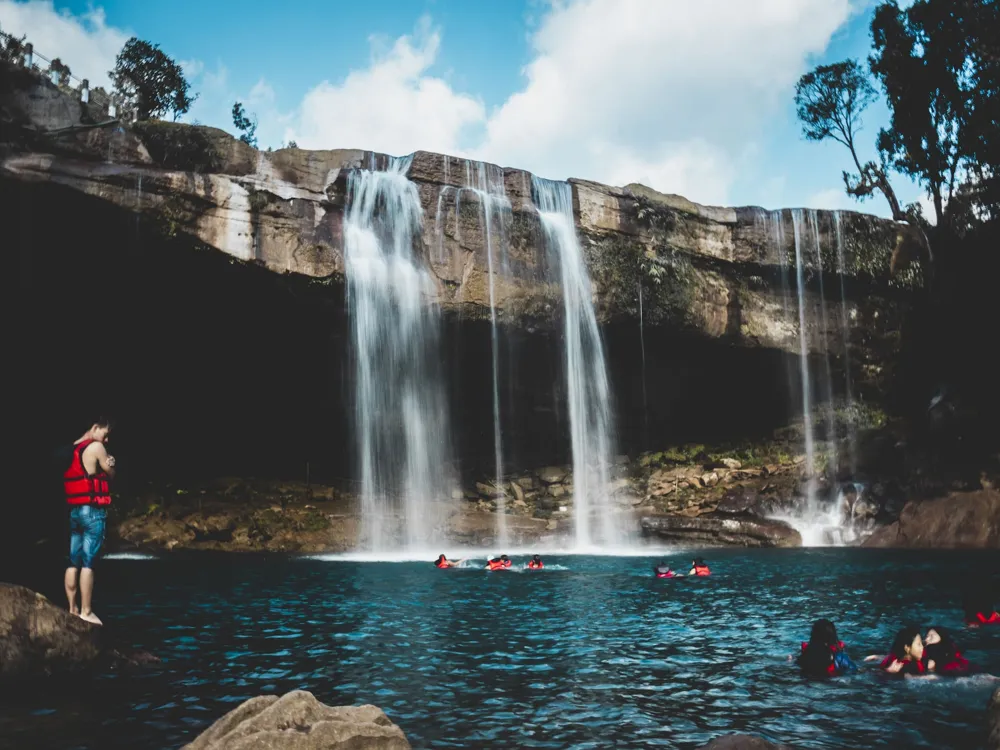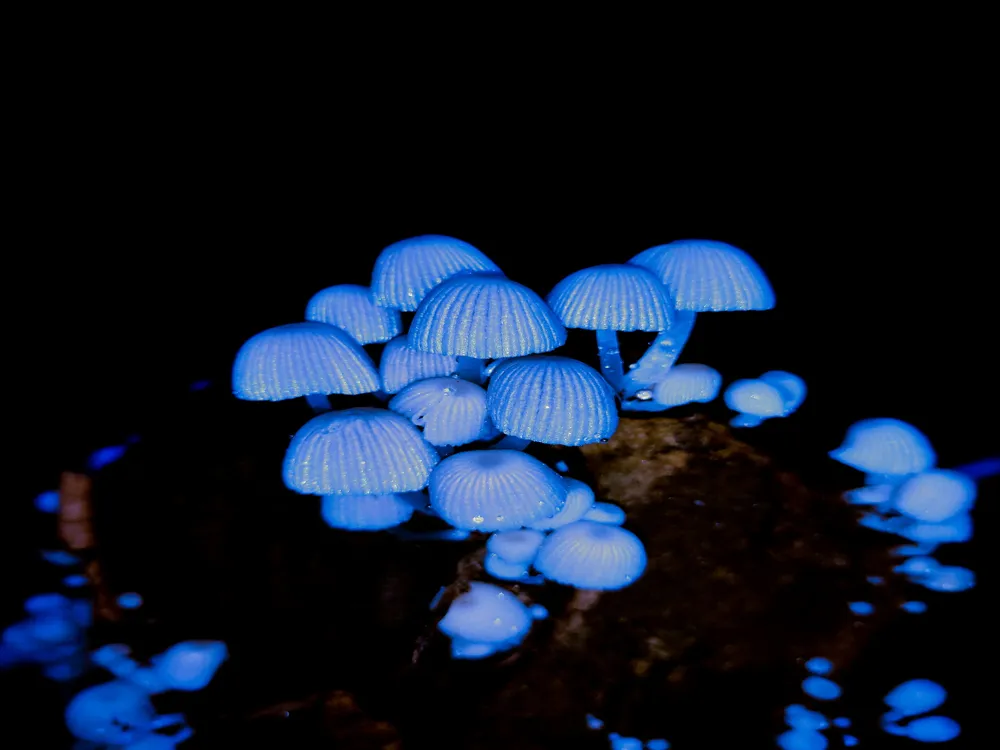Nestled in the foothills of the Eastern Himalayas in Arunachal Pradesh, the Pakhui Wildlife Sanctuary Bhalukpong, also known as Pakke Wildlife Sanctuary, is a haven for wildlife enthusiasts and nature lovers alike. Spanning an area of approximately 862 square kilometers, the sanctuary is acclaimed for its rich biodiversity and picturesque landscapes. It is a part of the Kameng Elephant Reserve and lies in the East Kameng district, adjoining the Pakke River. The sanctuary is a biodiversity hotspot, home to a plethora of flora and fauna. Its dense forests are dominated by a mix of evergreen, semi-evergreen, and moist deciduous habitats, providing a perfect ecosystem for various wildlife species. The sanctuary is renowned for its population of tigers, elephants, leopards, and clouded leopards. It also shelters a significant number of deer, wild boars, and various primate species, including the capped langur and the Assamese macaque. Bird enthusiasts will find the Pakhui Wildlife Sanctuary a paradise, with over 300 species of birds, including several rare and endangered species like the White-winged wood duck, hornbills, and the great pied hornbill. The sanctuary's commitment to conservation is evident in its various initiatives, including community-based conservation programs that involve local tribes in protecting and preserving the natural habitat. The lush greenery, cascading rivers, and the backdrop of the Himalayan ranges add to the sanctuary's allure, making it a must-visit destination for those seeking tranquility amidst nature. The best time to visit is from November to April, when the weather is pleasant, and the chances of spotting wildlife are higher. The architectural design of Pakhui Wildlife Sanctuary is a blend of ecological harmony and sustainable practices, reflecting the deep-rooted respect for nature inherent in Arunachal Pradesh's cultural ethos. The sanctuary's infrastructure is designed to minimize the impact on the environment while providing an immersive experience for visitors. The entry gate of the sanctuary, built with indigenous materials, is a welcoming archway that sets the tone for the journey ahead. The paths and trails within the sanctuary are laid out thoughtfully to ensure minimal disturbance to the wildlife while allowing visitors to explore the depths of the forest safely. Observation towers and hideouts are strategically placed for wildlife viewing, constructed using eco-friendly materials and traditional methods. These structures blend seamlessly into the natural surroundings, offering unobstructed views of the animals in their natural habitat. Accommodations within the sanctuary, such as guest houses and eco-lodges, are built with sustainable practices in mind. They are often made with bamboo and other locally sourced materials, featuring traditional tribal designs that reflect the rich cultural heritage of the region. These lodgings provide a rustic yet comfortable experience, enhancing the connection between visitors and the natural world. The sanctuary also features a well-organized interpretation center, which provides valuable insights into the sanctuary's flora, fauna, and conservation efforts. This center is not only an educational resource but also an architectural marvel, demonstrating how modern design can be harmoniously integrated with traditional styles. - Ensure to carry essential items like water, snacks, binoculars, and a camera. - The ideal time to visit Pakhui Wildlife Sanctuary is from November to April. - Maintain a safe distance from the animals and avoid disturbing them. Pakhui Wildlife Sanctuary is accessible through various modes of transportation, making it a convenient destination for travelers. By Air: The nearest airport is at Tezpur in Assam, about 50 kilometers from Bhalukpong. From Tezpur, visitors can hire a taxi or take a bus to reach the sanctuary. By Rail: The closest railway station is also in Tezpur. Regular trains connect Tezpur to major cities in Assam and other parts of India. From the railway station, one can hire a taxi or catch a bus to Bhalukpong. By Road: Bhalukpong is well-connected by road to major cities in Arunachal Pradesh and Assam. Regular bus services, as well as taxis, are available from these cities to Bhalukpong. The journey offers scenic views of the Himalayan foothills and the lush countryside. READ MORE:-Overview of Pakhui Wildlife Sanctuary, Bhalukpong, Arunachal Pradesh
Architecture of Pakhui Wildlife Sanctuary
Tips When Visiting Pakhui Wildlife Sanctuary
Preparation and Safety
- Wear comfortable and inconspicuous clothing to blend with the environment.
- Be aware of the sanctuary's rules and regulations to ensure the safety of both visitors and wildlife.
- It's advisable to hire a local guide for a more informative experience.Best Time to Visit
- Avoid the monsoon season, as heavy rains can make the trails slippery and difficult to navigate.Wildlife Viewing Etiquette
- Keep noise levels to a minimum to not startle the wildlife.
- Follow the designated paths and avoid venturing into restricted areas.How To Reach Pakhui Wildlife Sanctuary
Pakhui Wildlife Sanctuary
Bhalukpong
Arunachal Pradesh
₹ 6,000 onwards
View bhalukpong Packages
Bhalukpong Travel Packages
View All Packages For Bhalukpong
Top Hotel Collections for Bhalukpong

Private Pool

Luxury Hotels

5-Star Hotels

Pet Friendly
Top Hotels Near Bhalukpong
Other Top Ranking Places In Bhalukpong
View All Places To Visit In bhalukpong
View bhalukpong Packages
Bhalukpong Travel Packages
View All Packages For Bhalukpong
Top Hotel Collections for Bhalukpong

Private Pool

Luxury Hotels

5-Star Hotels

Pet Friendly








